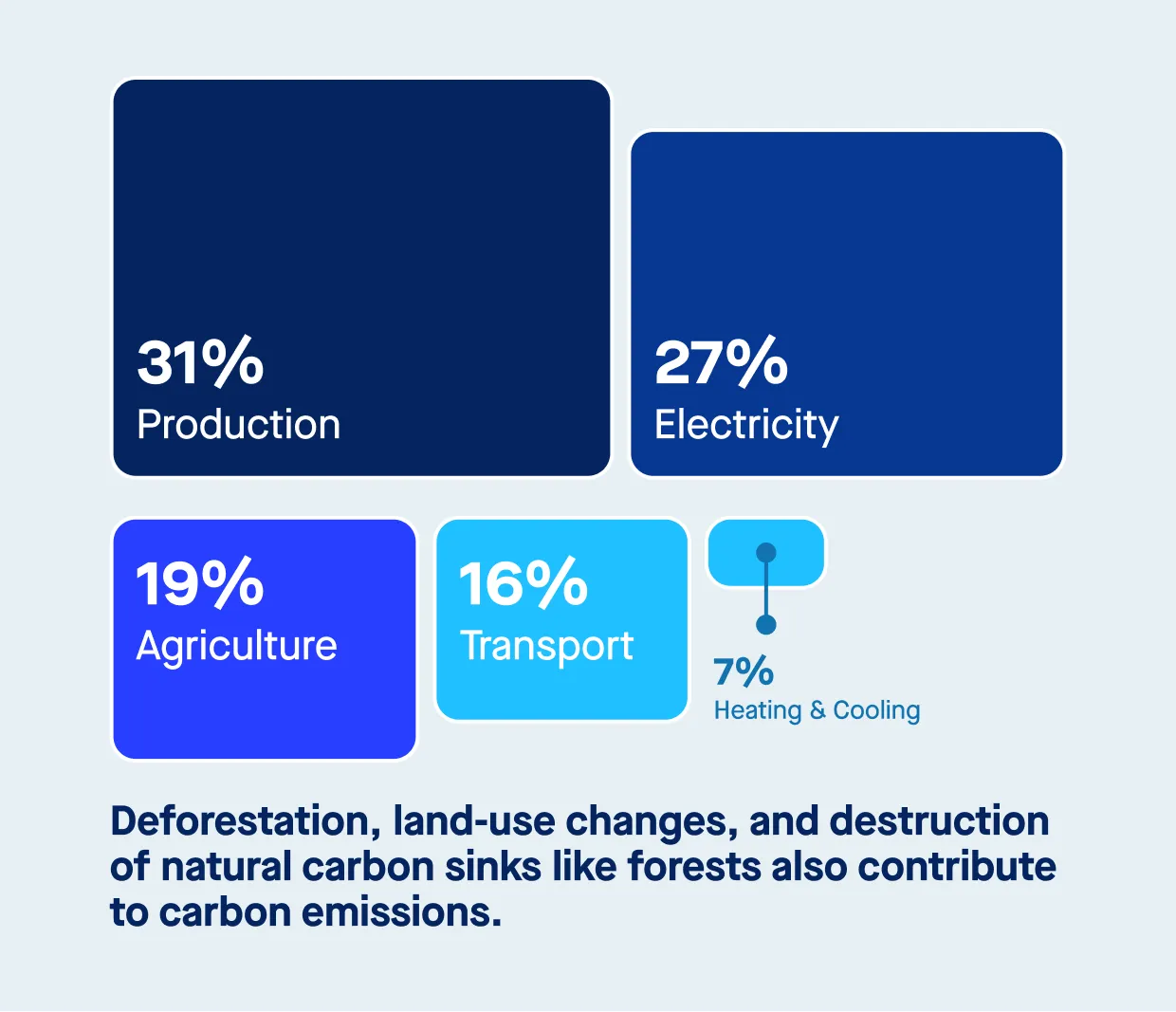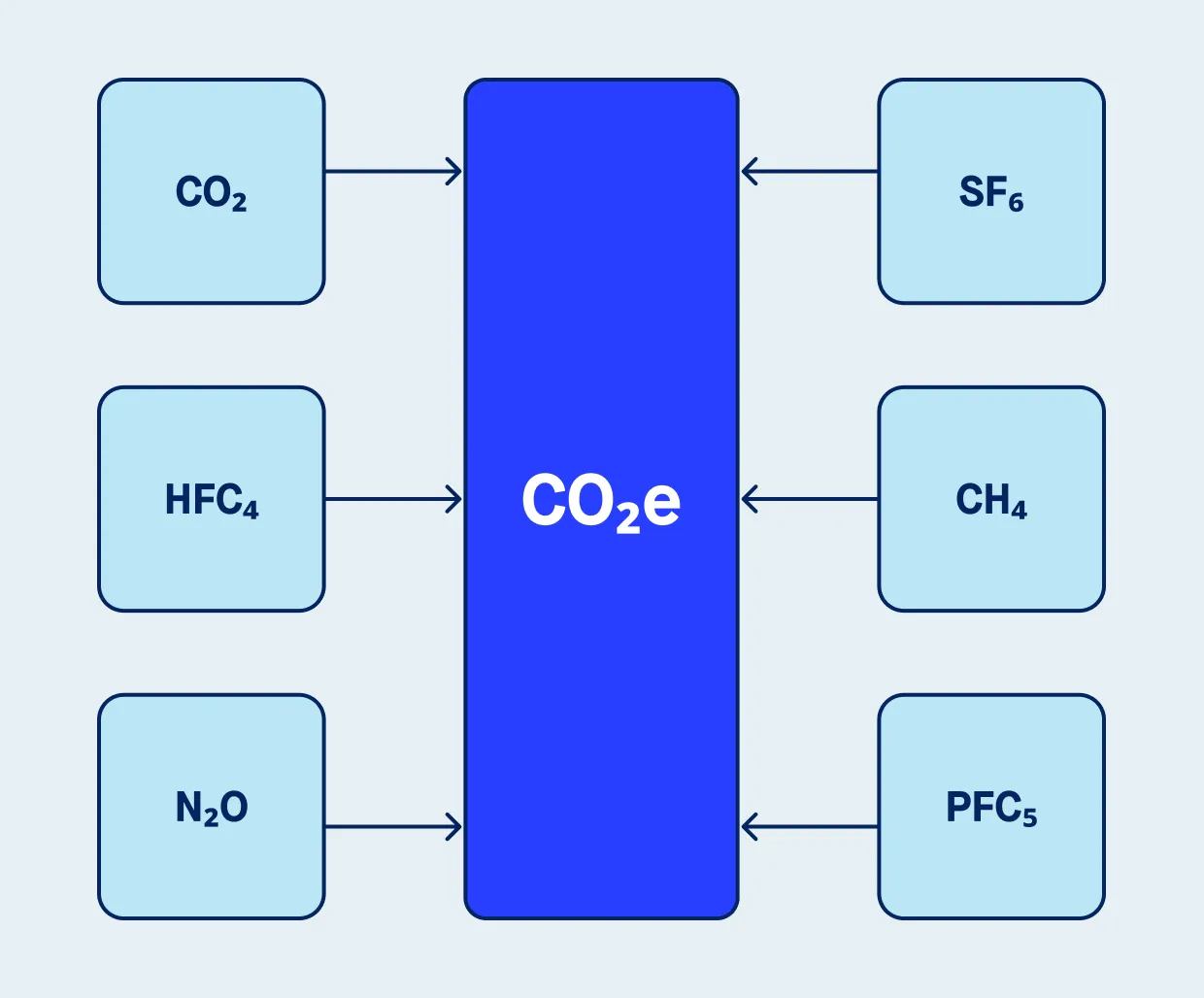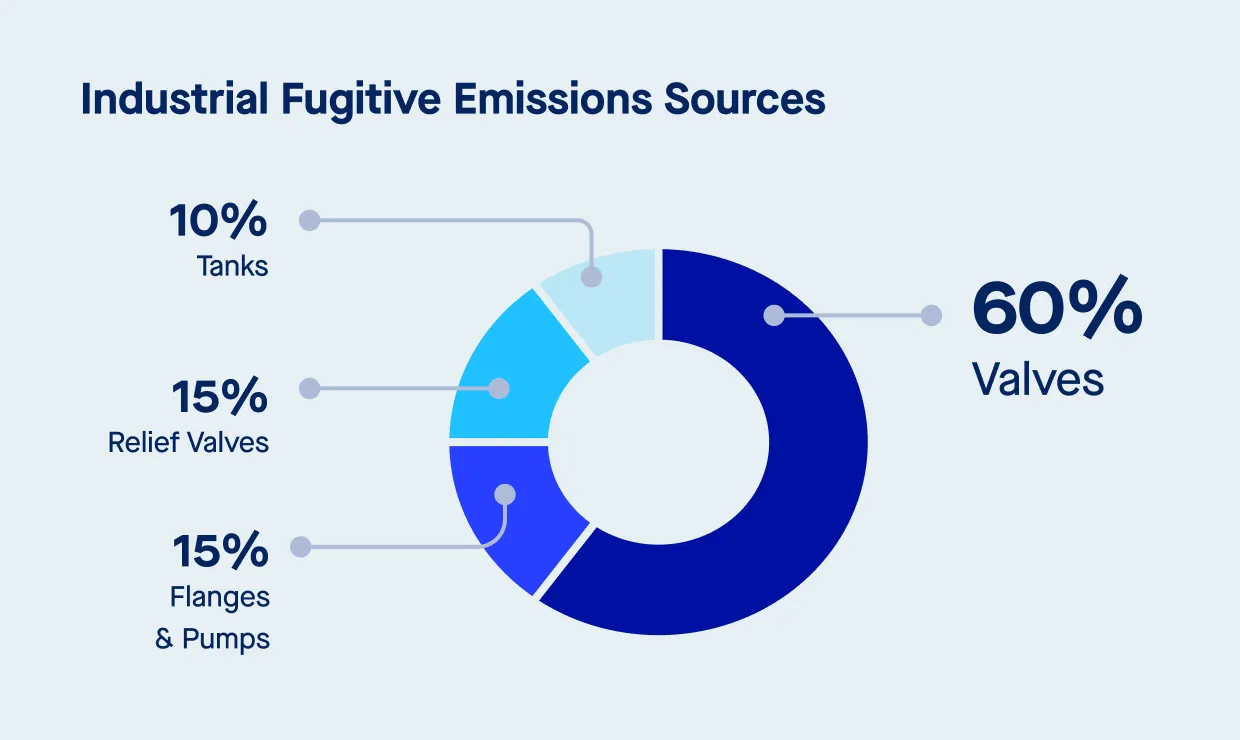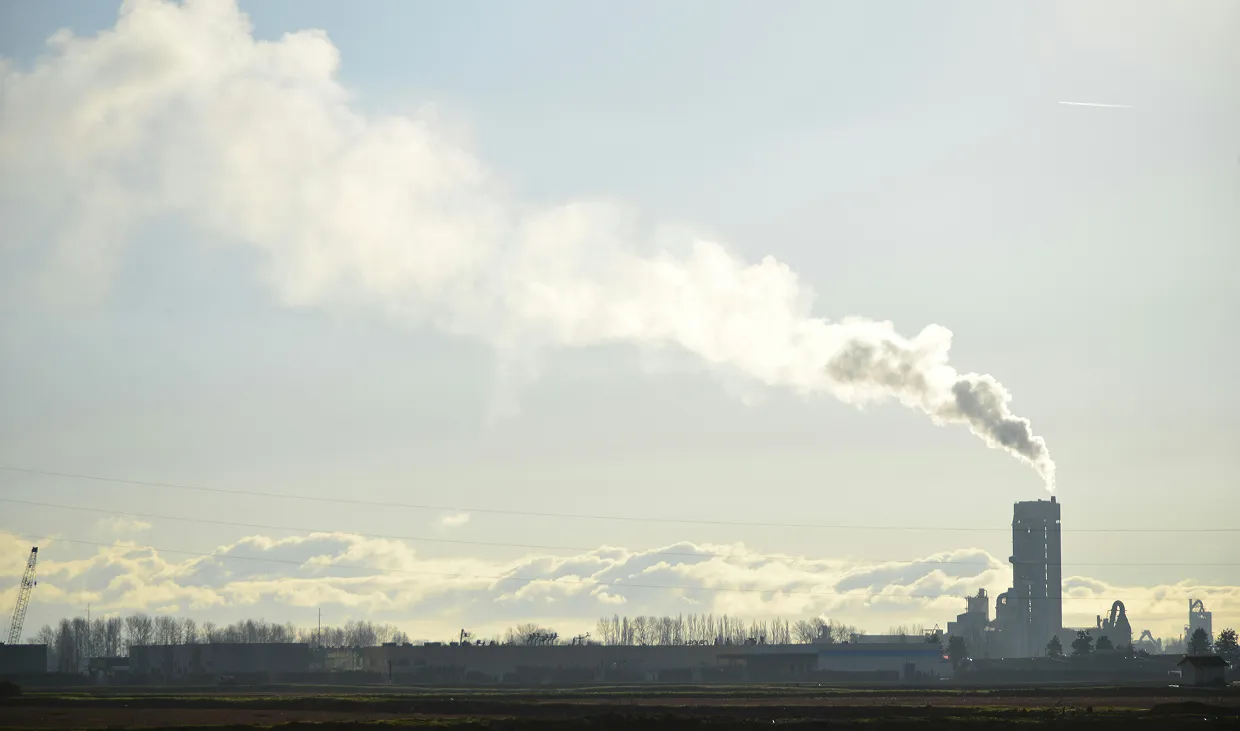Carbon emissions: the basics
When talking about carbon emissions, the focus is often on carbon dioxide (CO2), a greenhouse gas that plays a central role in climate change. CO2 is emitted through several activities, particularly the burning of fossil fuels. Combustion of coal, oil, and natural gas releases CO2 directly into the atmosphere, where it traps heat, contributing to global warming.
Sources of carbon emissions
The primary source of carbon emissions comes from human activities, notably the burning of fossil fuels:
- Power generation: Coal, natural gas, and oil burned in power plants produce significant CO2 emissions.
- Transportation: Gasoline and diesel in vehicles are major contributors to carbon dioxide pollution.
- Industrial processes: Manufacturing, such as cement and steel production, also releases large quantities of CO2.
- Heating: The burning of natural gas for residential and commercial heating is another significant source of CO2 emissions.

Deforestation, land-use changes, and destruction of natural carbon sinks like forests also contribute to carbon emissions.
Impact of carbon emissions
Burning fossil fuels for energy, transportation, and industrial production releases carbon dioxide, which traps heat and leads to the gradual warming of the Earth’s surface. The consequences of this warming are already being felt globally.
As global temperatures rise, the effects include:
- Melting ice caps and glaciers: Rising temperatures lead to polar ice caps melting, contributing to rising sea levels.
- Severe weather events: A warming planet causes more frequent and intense heatwaves, storms, and floods.
- Disruption of ecosystems: Changing temperatures affect wildlife habitats, migration patterns, and biodiversity.
Greenhouse gas emissions: beyond carbon dioxide
While CO2 is the most recognized greenhouse gas, Greenhouse gas emissions include several other gases that trap heat in the atmosphere, such as methane (CH4), nitrous oxide (N2O), and fluorinated gases. These gases contribute significantly to global warming, albeit in different magnitudes.
Methane emissions
Methane is a potent greenhouse gas with a global warming potential (GWP) many times greater than CO2. It is mainly emitted through:
- Natural gas extraction: Methane leaks from oil and gas wells and pipelines.
- Agriculture: Livestock, particularly cows, produce methane.
- Landfills: Organic waste decomposition produces methane.
- Wastewater treatment: Methane is released during the treatment of organic waste.
Nitrous oxide emissions
Nitrous oxide has a GWP nearly 300 times that of CO2. It is primarily released through:
- Agriculture: Fertilizer use and manure management produce nitrous oxide.
- Industrial processes: Certain industrial activities release nitrous oxide.
- Fossil fuel combustion: A smaller amount is produced when fossil fuels are burned.
Fluorinated gases
Fluorinated gases, such as hydrofluorocarbons (HFCs), perfluorocarbons (PFCs), and sulfur hexafluoride (SF6), are synthetic gases with a much higher GWP than CO2. Reducing these gases is critical for tackling climate change.

Scope 1, 2, 3 emissions: understanding the different types
Emissions are categorized into three scopes based on their source: Scope 1, Scope 2, and Scope 3.
Scope 1 emissions: direct emissions
Scope 1 emissions are direct emissions from activities owned or controlled by a company. These include:
- On-site combustion: Burning fossil fuels in company-owned facilities or vehicles.
- Industrial processes: Manufacturing processes that release CO2 and other gases.
- Fugitive emissions: Leaks from equipment such as refrigeration systems.
Scope 2 emissions: indirect emissions from purchased energy
Scope 2 emissions arise from the energy a company purchases. These emissions are tied to electricity, steam, or heating and cooling consumed by the company.
Scope 3 emissions: emissions across the value chain
Scope 3 emissions are indirect emissions throughout the company’s value chain. They include emissions from:
- Supply chains: Emissions from raw materials and goods production.
- Product transportation: Emissions from shipping products.
- Employee commuting: Emissions from employees traveling to work.
Avoided emissions: reducing future environmental impact
Avoided emissions refer to emissions prevented by adopting sustainable practices and technologies, such as:
- Switching to renewable energy: Using solar, wind, or hydropower avoids the CO2 emissions from fossil fuels.
- Improving energy efficiency: Implementing energy-saving measures can prevent emissions from excessive energy use.
Fugitive emissions: the hidden threat
Fugitive emissions are unintentional leaks from industrial equipment, contributing to a company’s carbon footprint. Common sources include:
- Natural gas infrastructure: Leaks from pipelines or storage tanks release methane.
- Refrigeration systems: Leaks of refrigerants contribute to fugitive emissions.
- Oil and gas extraction: Fugitive emissions also occur during oil drilling and gas extraction.

What are emissions inspections?
Emissions inspections, also known as emissions tests, are regulatory procedures designed to measure the pollutants released from vehicles or industrial equipment. The goal of these inspections is to ensure that vehicles and machines are not exceeding certain criteria for pollution and are compliant with environmental standards. During an emissions inspection, the levels of pollutants such as carbon dioxide, ground-level ozone, and other harmful substances are measured. If a vehicle or piece of equipment fails the test, repairs or modifications may be required before it can be used again. These inspections are vital for reducing smog and improving air quality in areas where high levels of pollution could pose health risks to the population.
Carbon accounting and emissions: measuring environmental impact
Carbon accounting helps businesses track their carbon footprint by measuring the gases they release. Accurate carbon accounting involves collecting data, calculating emissions, and generating reports. Specialized software helps streamline this process.
This practice enables companies to:
- Set emissions reduction goals.
- Identify energy-saving opportunities.
- Comply with emissions regulations.
Emissions legislation: navigating regulatory requirements
Governments have implemented laws to limit the release of greenhouse gases and mitigate climate change. These regulations often include emissions tests to ensure companies meet certain criteria for air quality and pollution control.
Corporate Sustainability Reporting Directive (CSRD)
The European Union’s Corporate Sustainability Reporting Directive (CSRD) requires large companies to report their carbon footprints, including Scope 1, 2, and 3 emissions. The CSRD standardizes reporting, ensuring businesses disclose their environmental impact transparently, helping investors and regulators make informed decisions. It also promotes accountability by encouraging companies to take proactive steps toward sustainability.
Carbon accounting platforms are digital tools designed to track and reduce emissions. These platforms centralize emissions data, offering businesses insights into their carbon footprint and helping them meet sustainability goals.
- Accurate tracking: Platforms help track emissions across all scopes.
- Real-time insights: Companies can make adjustments with up-to-date data.
- Compliance: Platforms assist businesses in meeting emissions reporting standards.
How Sweep can help
Sweep is a powerful carbon accounting platform that helps businesses track and manage their emissions across all scopes. The platform uses advanced algorithms to provide insights into energy consumption, supply chain emissions, and more, empowering businesses to make informed decisions about their environmental impact.
By using Sweep, companies can take meaningful steps to reduce their carbon footprint and support sustainability efforts, ensuring compliance with regulations and contributing to a sustainable future.







